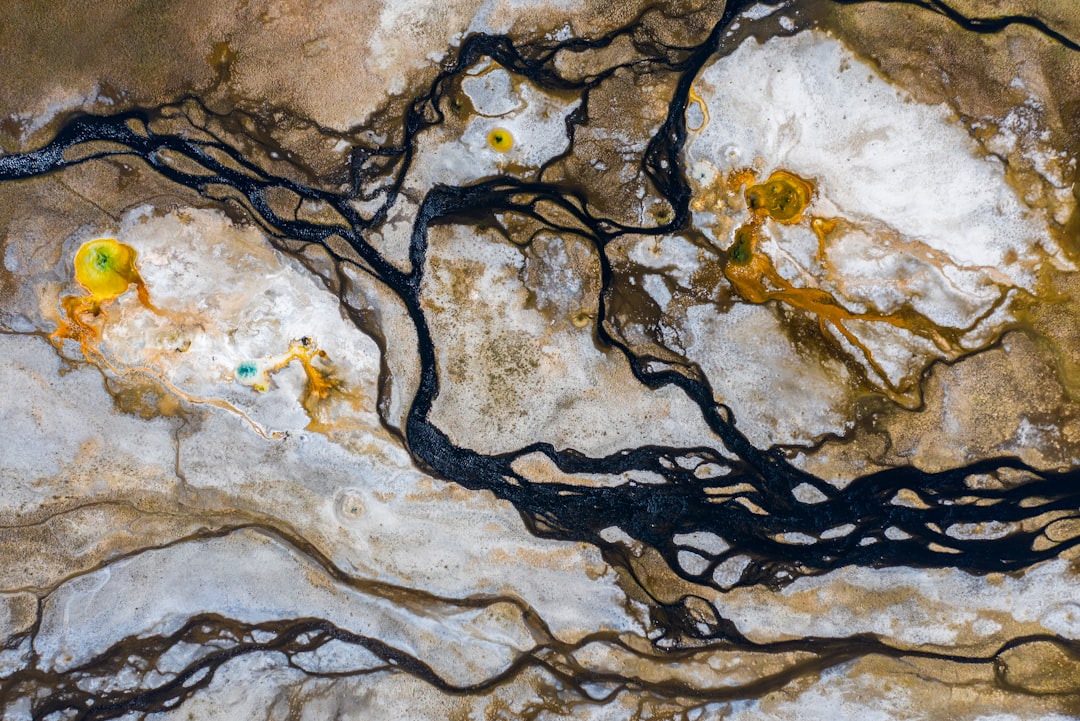What is it about?
This is an exercise asking how much field information is needed to get sensible estimates of carbon (C) stocks and fluxes from plantation forests that recover rapidly after clearfelling and planting. The answer is rather obvious: the more we have the better our estimates are, not only for tree C, but also for soil C changes. But the details are important: in principle we could live even with a single survey of trees C stocks across an entire rotation, but the uncertainty is quite large. We could even just estimate our values using information on only the age of planting and nothing else, but the uncertainty is huge for a single site. In only very few intensively studied sites do we have detailed information on soil C fluxes and other important variables to obtain very accurate measurements across a rotation. We tested this idea with two forests, one in the UK, one in the USA.
Featured Image
Why is it important?
It is impossible to get field data for all the forests in the world. We need to rely on remote sensing of biomass, which is becoming increasingly reliable. With repeated passes over different points in time, we can improve our predictions significantly, especially for changes in soil C, whose changes are difficult to monitor. If we have a satellite repeatedly passing over our forests, periodic monitoring of C stock changes becomes feasible.
Perspectives
This is part of a long term effort by Mat William's group to produce tools usable when a new forest biomass monitoring satellite finally becomes a reality. My contribution was to provide data and help with the interpretation for the northern England chronosequence in which we worked during an earlier project ten years ago.
Prof Maurizio Mencuccini
University of Edinburgh
Read the Original
This page is a summary of: Assimilation of repeated woody biomass observations constrains decadal ecosystem carbon cycle uncertainty in aggrading forests, Journal of Geophysical Research Biogeosciences, March 2017, American Geophysical Union (AGU),
DOI: 10.1002/2016jg003520.
You can read the full text:
Contributors
The following have contributed to this page










